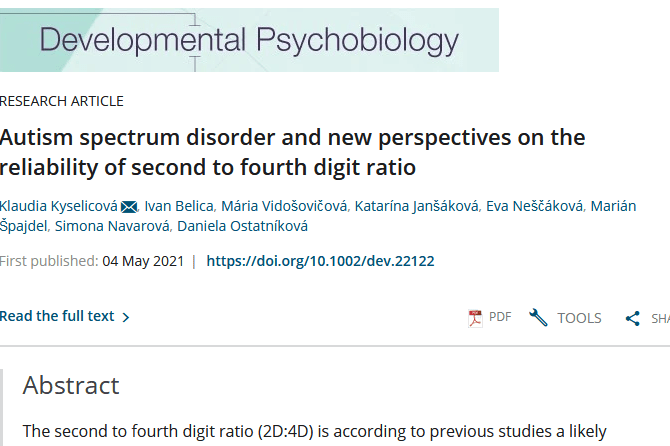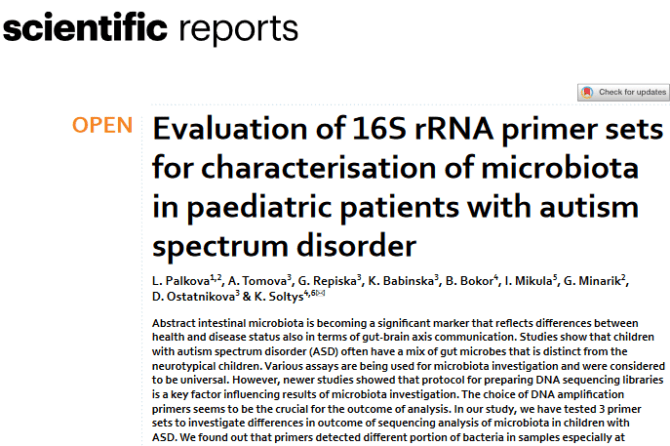
The role of selected postsynaptic scaffolding proteins at glutamatergic synapses in autism-related animal models
AUTORI: Melišková, V., Havránek, T., Bačová, Z. and Bakoš, J. ABSTRACT: Pathological changes in synapse formation, plasticity and development are caused by altered trafficking and assembly of postsynaptic scaffolding proteins at sites of glutamatergic and gamma-aminobutyric acid synapses, suggesting their involvement in the etiology of neurodevelopmental disorders, including autism. Several autism-related mouse models have been





